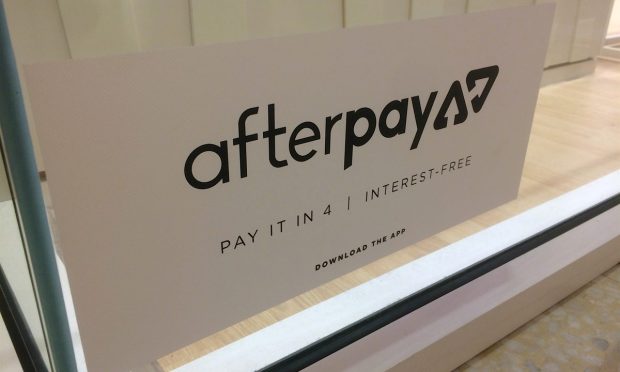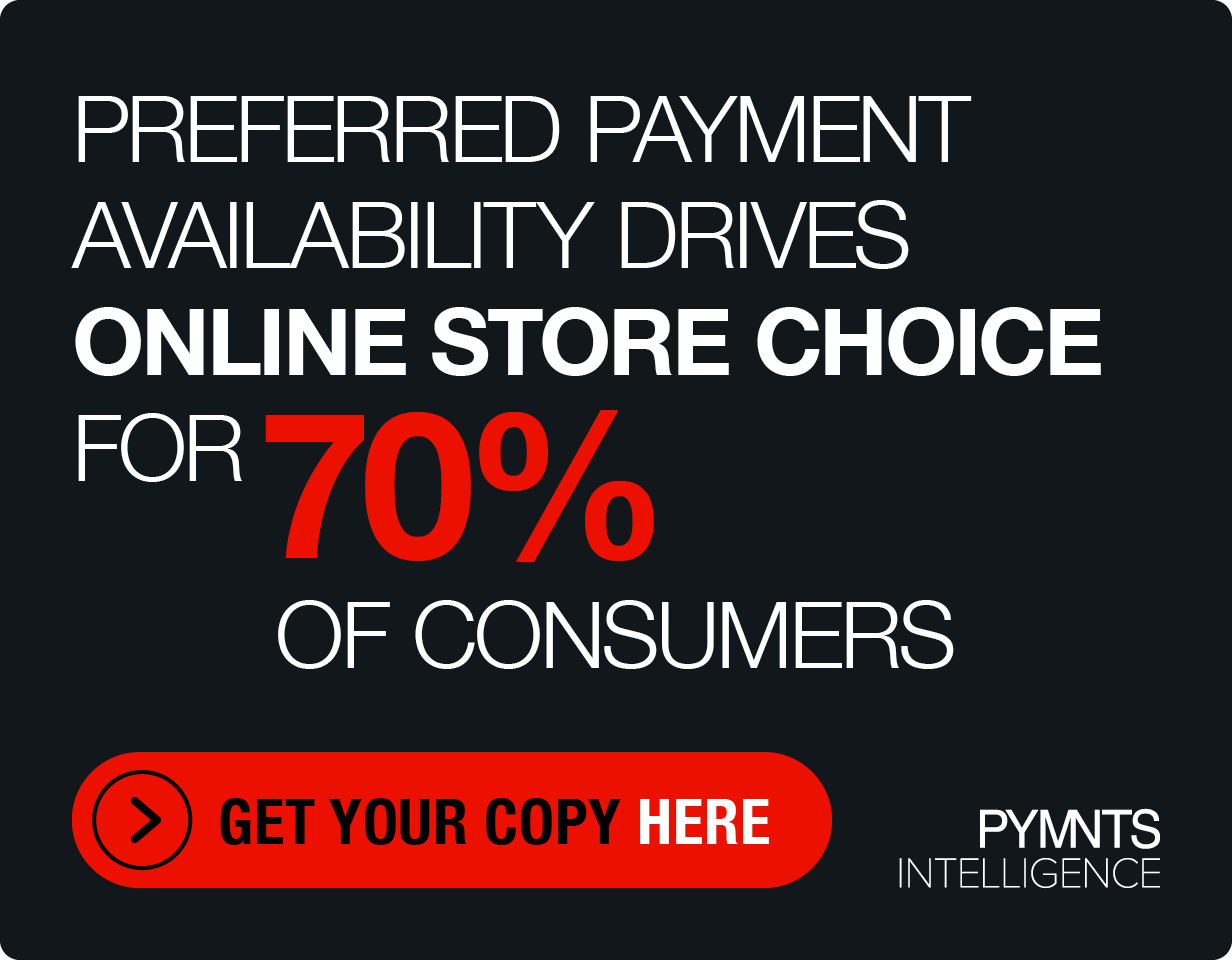As Block Scoops up Afterpay, Super App Race Heats up Right out of the Gate

In the U.S., the race to create the super app — a connected ecosystem where users navigate their daily online lives after entering one digital front door — just got a bit more heated.
To that end, Block, formerly known as Square, closed its $29 billion acquisition of Afterpay. Block is wasting no time out of the gate, having debuted a buy now, pay later (BNPL) product for its sellers, rolling out that functionality in the United States and in Australia.
Read more: Square Afterpay Acquisition Closes, Sellers Can Now Offer BNPL
The BNPL offering represents a strategic push more firmly into consumer-facing financial products for Block and offers merchants an additional way to drive conversion at the point of sale.
It’s no secret that BNPL has been getting an enthusiastic embrace in all corners of commerce (and is even making inroads into B2B). Late last year, PYMNTS research found that 50 million consumers — nearly 20% of the U.S. adult population — had used the payment option to make a purchase in the previous 12 months.
Willingness to Embrace BNPL
Importantly, the data showed at the time that 70% of BNPL users plan to use the service again in the next 12 months. The most used BNPL providers include Afterpay, PayPal, Affirm, Klarna, Sezzle and Zip.
We might think of BNPL as low hanging fruit, then, in Block’s bid to cement consumer loyalty through its merchant network right at the point of checkout. And, increasingly, Block has been gathering up all the pieces that would, joined together across devices and digital payments — leveraging data — give rise to a connected eCommerce system through the super app.
It is the platform, and for Block, its hardware, too, that lets merchants and consumers navigate commerce online and offline. But more specifically, the Cash App can function as that digital entrance point to that broad range of activities, and thus represents Block’s push toward super app status. That app offers debit and other payments functionality as users can shop, buy stocks and cryptocurrency, and now they can manage their installment payments directly in the app.
As Karen Webster noted in a column when the Afterpay acquistion was announced, there’s opportunity here to “scale a two-sided, multichannel payments, commerce and financial services ecosystem.” On the latter point, Block (back when it was Square) launched its banking subsidiary, Square Financial Services, almost a year ago, which gives some runway toward launching a slew of new business-facing financial services.
See more: What the Square Afterpay Deal Means for BNPL, FinTech, BigTech and Banks
Through the platform model, cross-selling becomes the name of the game. By buying Afterpay, Block’s installed base of roughly 70 million active Cash App users now get access to BNPL. Afterpay’s roughly 8 million U.S. customers can become Cash App users with minimal friction (and no real new acquisition costs for the company).
Drawing the ecosystem ever tighter, with seamless offerings that move through merchant and consumer audiences represents a key strategic goal for Block. It is also a shot across the competitive bow for the likes of PayPal (which reports earnings after market close Feb. 1).
This past fall, PayPal officially launched its own super app, which expands its own platform and spans payments, loyalty (commerce) programs and banking products too (through high yield savings accounts).
Read more: PayPal’s New Super-App Positioned to Deliver Next-Level Connected Experience
The readiness is there, especially in the states, as we’ve found that about two-thirds of U.S. consumers want a super app to manage digital activities. Block and PayPal are but two of the most visible entrants to the super app space, and the floodgates are likely to open wider over the near and longer term.
See more: Are You Among the 173M Americans Who Want a Super App?
